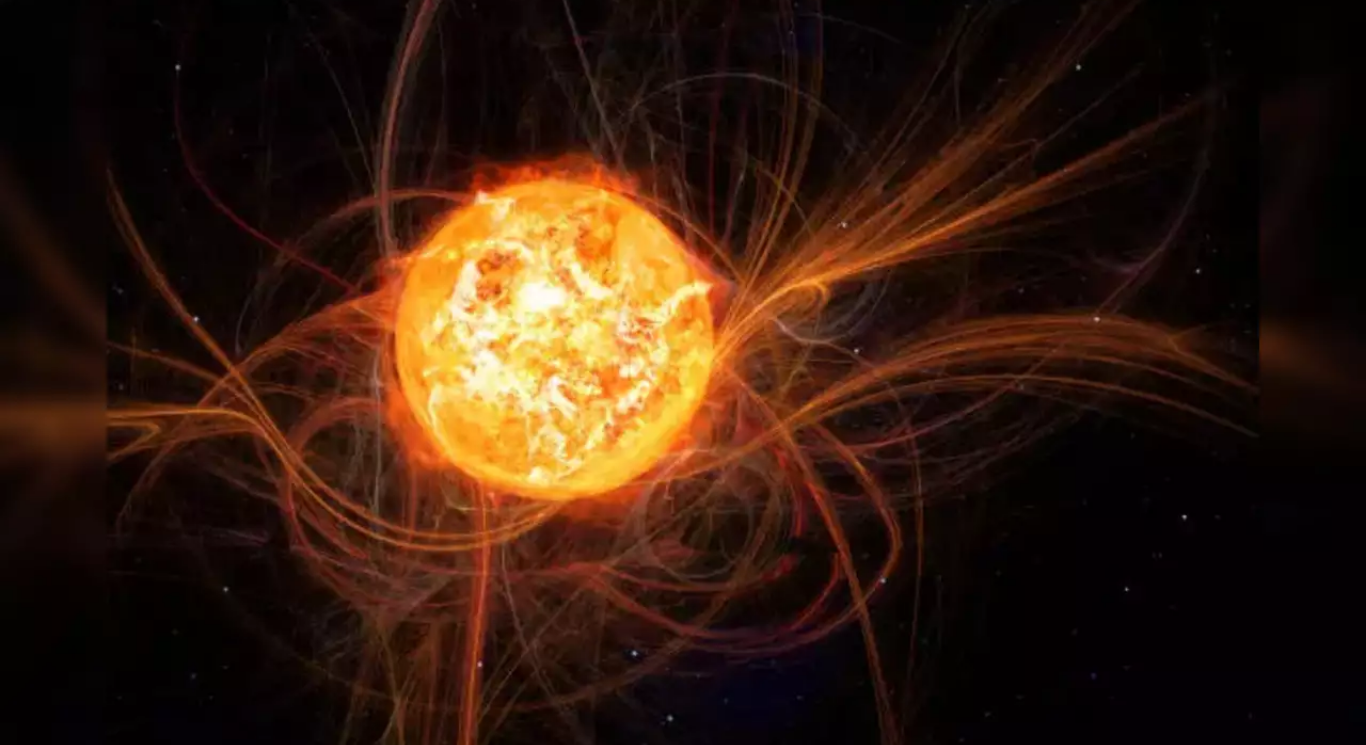The Sun unleashed another formidable storm of energized particles on Tuesday, marking the strongest flare observed in the current solar cycle, and it’s now en route to Earth. The solar flare, categorized as X8.7, surpasses the intensity of the flare that impacted our planet just last week, reported Live Science. Data from the US agency National Oceanic and Atmospheric Administration (NOAA) reveals that the sunspot responsible for the flare resides at the far edge of the visible side of the Sun. The impact of this storm is expected to induce radio blackouts, particularly affecting regions of the United States, when it reaches Earth.
This one deserves a close up! 📸
Here’s another, multi-wavelength look at today’s X8.7-class solar flare, the most powerful of this solar cycle. pic.twitter.com/TxxGDNTXmF
— NASA Sun & Space (@NASASun) May 14, 2024
Despite the magnitude of this solar event, NOAA reassures that it will not lead to geomagnetic storms or aurora activity.
Designated as AR3664, the sunspot has been exhibiting heightened solar activity for several days. On May 10, it erupted with an X5.8-class flare, followed by three X-class flares on Tuesday, measuring at X1.7, X1.3, and X8.7 respectively. The X8.7 flare stands as the largest recorded solar flare in the ongoing 11-year solar cycle, which commenced in December 2019.
In an update on May 14, NOAA’s Space Weather Prediction Centre underscored the significance of the recent solar activity, stating, “Region 3664 produced yet ANOTHER X-ray flare as it moves beyond the Western solar limb!! This time, it was an X8.7 flare, the largest of this solar cycle!”
NASA indicates that Solar Cycle 25 is now nearing solar maximum, a phase characterized by increased occurrences of eruptions like the one observed. Last week’s celestial spectacle treated skywatchers worldwide to captivating auroras, painting the skies with vibrant hues of pink, green, and purple. From northern Europe to Australia’s Tasmania, enthusiasts captured stunning photographs of the rare phenomenon as it unfolded.











